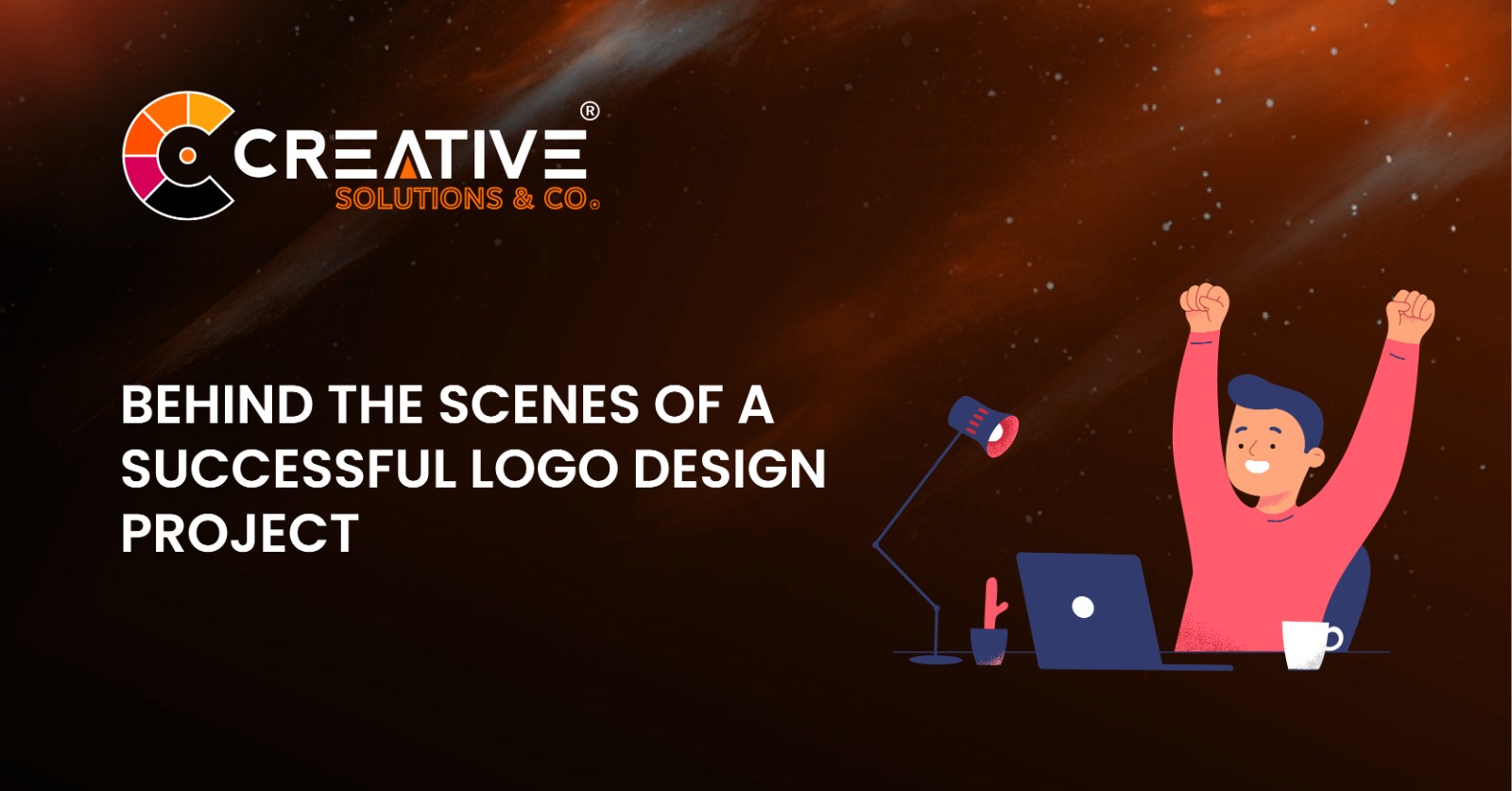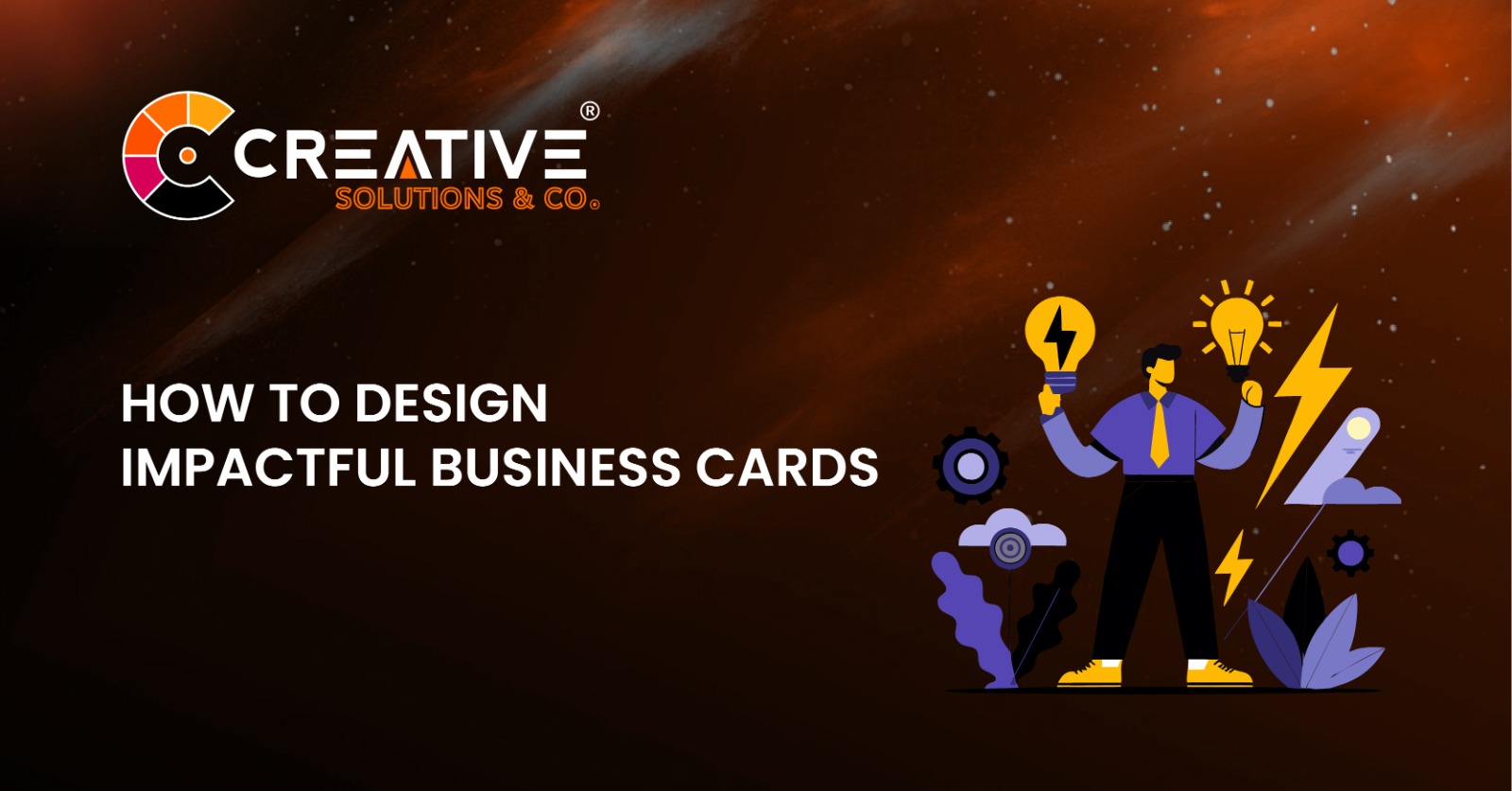Feedback is the lifeblood of any creative process, especially in design. It provides the clarity and direction needed to transform initial concepts into impactful outcomes. Effective design feedback is important because it bridges the gap between intention and execution, ensuring that ideas are not only visually appealing but also purposeful and functional. Without it, even the best designs risk falling short of their potential.
Table of Contents For Effective Design Feedback Is Important
| Sr# | Headings |
|---|---|
| 1 | Introduction |
| 2 | What Is Design Feedback? |
| 3 | Why Effective Design Feedback Is Important |
| 4 | Common Challenges in Giving Feedback |
| 5 | Characteristics of Good Design Feedback |
| 6 | How to Deliver Constructive Feedback |
| 7 | The Role of Empathy in Feedback |
| 8 | Examples of Effective Feedback |
| 9 | How Feedback Shapes Collaboration |
| 10 | Encouraging Open Communication |
| 11 | Tools to Facilitate Design Feedback |
| 12 | Learning from Feedback |
| 13 | Real-World Impact of Good Feedback |
| 14 | How to Receive Feedback Gracefully |
| 15 | Conclusion |
What Is Design Feedback?
Design feedback is the process of providing insights, suggestions, and opinions about a design project to enhance its quality. It’s a two-way street involving designers and stakeholders, with the goal of refining ideas and addressing issues.
Why Effective Design Feedback Is Important

Effective feedback acts like a compass, guiding a project toward success. Without it, designs risk becoming irrelevant or failing to meet user needs. Feedback helps align creative ideas with the desired objectives and ensures the final outcome resonates with the target audience.
Common Challenges in Giving Feedback
Giving feedback isn’t always easy. Here are a few common challenges:
- Vagueness: Comments like “This doesn’t feel right” lack clarity.
- Bias: Personal preferences often overshadow objective critique.
- Overloading: Providing too much feedback at once can overwhelm designers.
Understanding these challenges is the first step to overcoming them.
Characteristics of Good Design Feedback
Good feedback is:
- Specific: Focuses on particular elements, such as color, typography, or layout.
- Actionable: Suggests clear steps for improvement.
- Balanced: Highlights strengths alongside areas for improvement.
How to Deliver Constructive Feedback
Constructive feedback is more effective when structured properly. Try using the “Feedback Sandwich” approach:
- Start with a positive note: Mention what’s working well.
- Address areas for improvement: Be specific and offer solutions.
- End with encouragement: Reassure the designer of their skills and potential.
This method softens the blow of criticism and motivates the recipient.
The Role of Empathy in Feedback
Feedback is not just about pointing out flaws; it’s about understanding the designer’s perspective. Empathy fosters trust and collaboration, making the feedback process smoother. For example, instead of saying, “This looks wrong,” you could ask, “What inspired this choice?”
Examples of Effective Feedback
Here are examples of effective and ineffective feedback to illustrate the difference:
- Ineffective: “I don’t like this font.”
- Effective: “This font seems too formal for our playful brand. Could we explore something more casual?”
This small adjustment in wording can make feedback more impactful and actionable.
How Feedback Shapes Collaboration
Feedback fosters collaboration by inviting diverse perspectives. Teams that actively engage in constructive dialogue are more likely to produce innovative designs that meet user needs.
Encouraging Open Communication
Creating a feedback-friendly environment is crucial. Encourage team members to voice their opinions without fear of judgment. An open communication culture ensures everyone feels valued.
Tools to Facilitate Design Feedback
Technology can streamline the feedback process. Tools like Figma, InVision, and Adobe XD allow teams to leave comments directly on designs, making collaboration more efficient.
Learning from Feedback
Feedback isn’t just for improving designs; it’s also a growth opportunity for designers. Every piece of feedback provides valuable insights, helping designers refine their skills over time.
Real-World Impact of Good Feedback
In the real world, effective feedback can mean the difference between a successful product and a flop. For example, user feedback often drives updates in app designs, ensuring they meet evolving user expectations.
How to Receive Feedback Gracefully
Receiving feedback can be tough, but it’s a crucial part of the creative process. Here’s how to handle it:
- Listen actively: Avoid interrupting or becoming defensive.
- Ask questions: Clarify points that seem unclear.
- Thank the giver: Acknowledge their effort to help you improve.
Conclusion
Design feedback isn’t just a task on a checklist; it’s an essential ingredient for success. It transforms ideas, strengthens collaboration, and ensures that the final product is as impactful as possible. Remember, effective design feedback isn’t just important—it’s the cornerstone of great design.
FAQs About Effective Design Feedback Is Important
1. What makes design feedback effective?
Effective feedback is specific, actionable, and delivered with empathy. It focuses on improving the design while encouraging the designer.
2. How can I give constructive design feedback?
Use the “Feedback Sandwich” approach—start with a positive comment, address areas for improvement, and end with encouragement.
3. Why is empathy important in feedback?
Empathy helps create a supportive environment, making it easier for designers to accept and act on feedback.
4. What tools can I use for design feedback?
Tools like Figma, InVision, and Adobe XD are excellent for collaborative design feedback.
5. How can designers improve from feedback?
By listening actively, asking questions, and implementing suggestions, designers can refine their skills and produce better work.







